‘Milton Keynes is more than concrete cows and roundabouts – it’s a commuter gem’
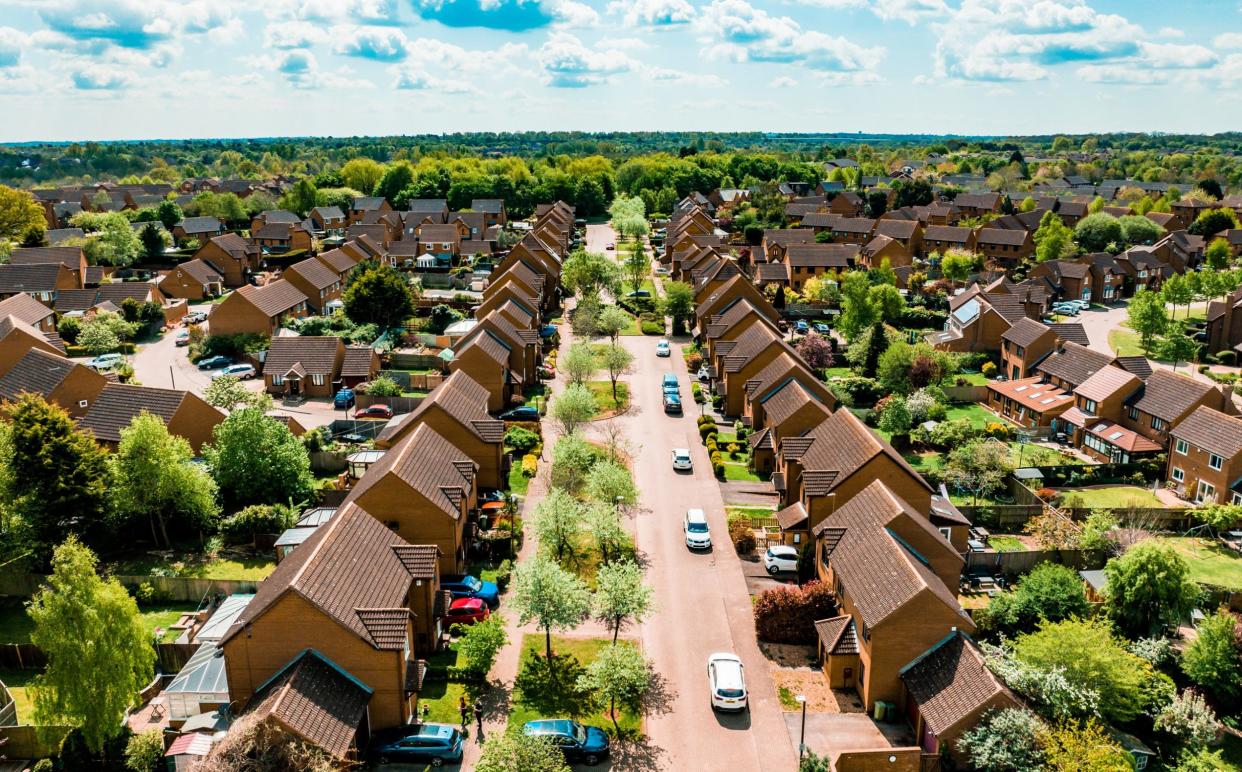
One spring morning in 1992, I left London, got stuck on the M1 near Milton Keynes, and have been here ever since. Not because of a major fail by the RAC, but because I was able to find my own way out of the jam, a decent coffee and my forever home.
I knew the area because I’d been coming to this part of Buckinghamshire since I was 15, way before Britain’s newest “new town” grew to engulf 15 villages and 22,000 acres of farmland.
Back then there wasn’t even a railway station. Just the tranquil meadows, grazing sheep and babbling brooks surrounding the spa I’d been heading to near Newport Pagnell. But instead I ended up in the little market town of Stony Stratford.
Both of these historic settlements are now part of the city of Milton Keynes – that’s right, it’s not a concrete jungle. It’s not even all new.
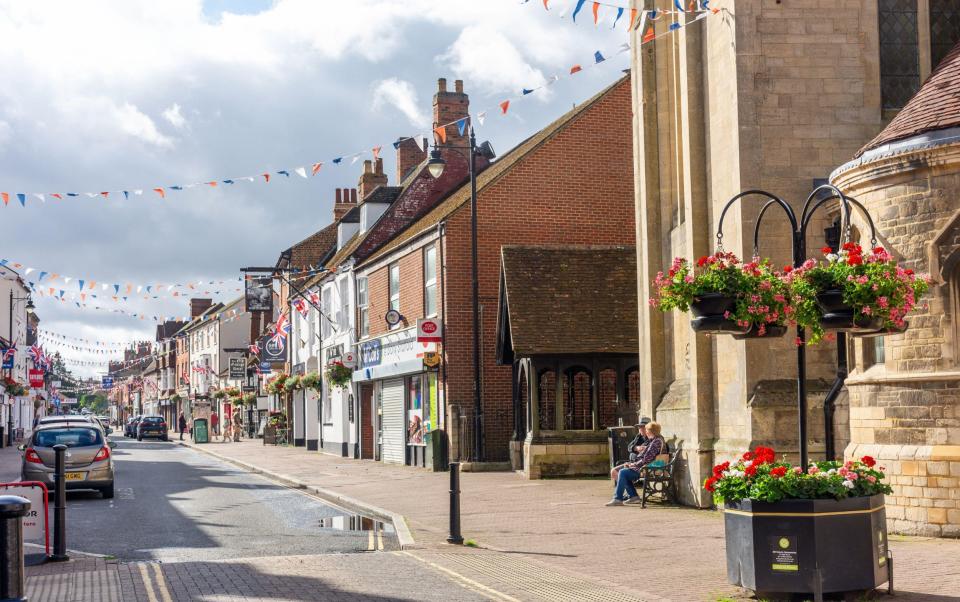
Running through the borough is Watling Street, an ancient grassy way trodden by Britons, and then paved and extended by the Romans. It connected Dover with Anglesey. It’s hard to believe that this narrow street was the main route between the North West and London until the M1 opened in 1958.
The historic buildings that line what is now Stony Stratford high street are still evidence of its former importance as a major arterial route. The old coaching inns, the cutesy shops and cosy cafes. Oh, and estate agents. It was in the window of one of these that I spotted a photo of a stone-built, three-bedroom cottage with a large garden backing on to fields for £62,000. I was sold.
I’d been living in London since 1986 and had been lucky to find a tatty, four-bed flat for “just” £72,000. I was living the life as a Radio 1 DJ – long record company lunches in Soho, album launch parties, gigs galore, after-show parties.
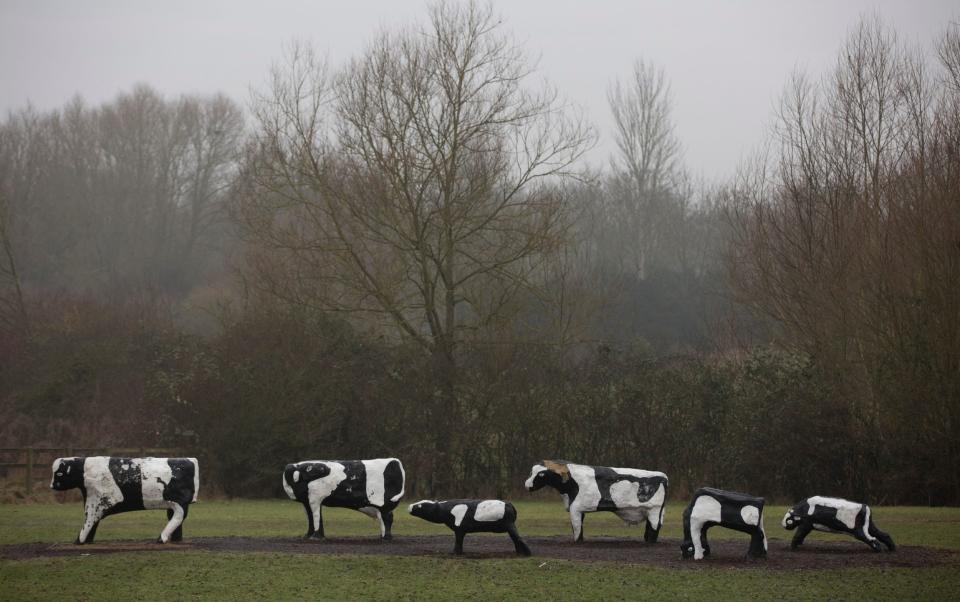
But later, with no outdoor space and a child, I was lugging a pram up stairs and pushing it to the park. I wanted a garden. But even a small London terrace meant a mortgage of £185,000 – it seems nothing now, but back then I couldn’t imagine that kind of debt round my neck, as well as a baby.
So £62,000 was a snip, and the solution. Commuting would be a doddle: Milton Keynes had its own station on the West Coast mainline, which got you to Manchester in 90 minutes, and London in 30 minutes. It also has close links to four motorways.
Concrete cows and roundabouts
For more than 30 years I’ve been able to earn a living commuting all over the country, while my children have grown up surrounded by fields, parks, lakes and rivers. It’s a lovely place to live, especially as I’ve never lost a wink over being able to afford it.
Why is it, then, that in the almost daily articles doling out advice on leaving London for the sticks, Milton Keynes never gets a mention?
What have St Albans, Watford, Hemel Hempstead, Berkhamsted and Cambridge got that Milton Keynes hasn’t?
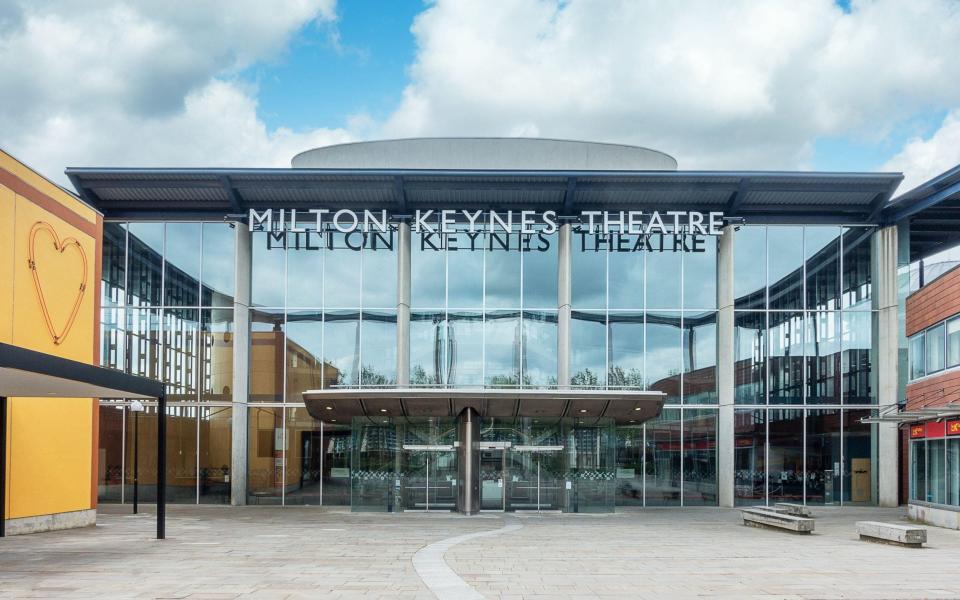
Please don’t say culture. Milton Keynes Theatre is one of the most successful in the country, and there are also museums, galleries, music venues and cinemas. For sports, it’s home to the MK Dons, tennis clubs, swimming pools, ice hockey, ice skating, climbing walls, ski slopes, water sports and motor racing.
And the reasons it gets snubbed: a certain 1960s art installation and a road system that works.
This exchange on a train sums it up: “In a few minutes we shall be arriving at Milton Keynes Central,” says the announcement. The four businessmen fixated on their laptops across the aisle look up and laugh: “Aha. Concrete cows and roundabouts!” Yawn.
There’s actually science behind the Milton Keynes more than 130 roundabouts. The place is built as a grid. The “grid roads”, most of which are dual carriageways, have speed limits of up to 70mph. At their intersections are the infamous roundabouts, chosen because they are efficient at keeping traffic moving. Rush hour? What’s that?
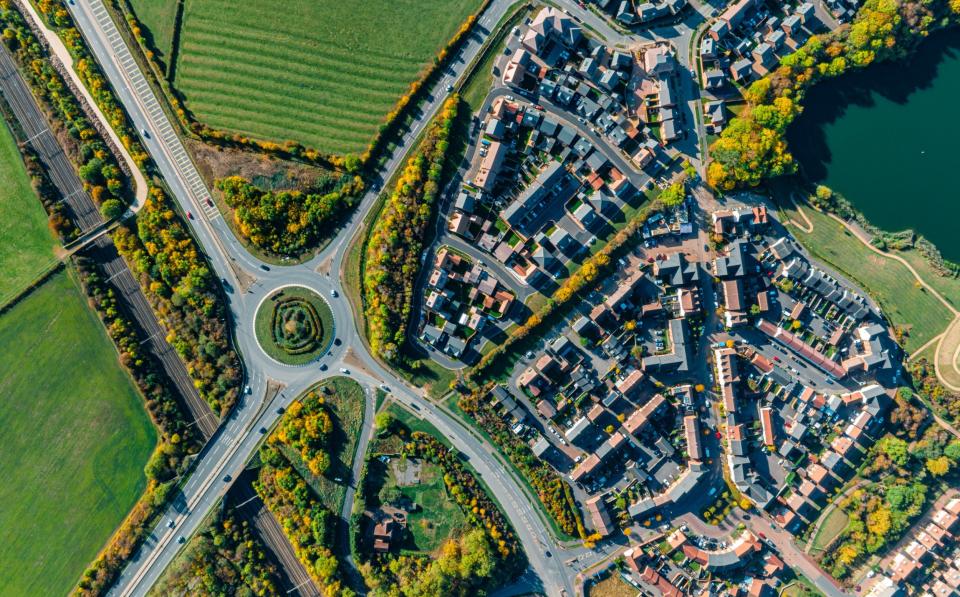
The roundabouts’ spacing at approximately 1km intervals was chosen so people would always be within six minutes’ walking distance of a grid road bus stop. Pedestrians cross via underpasses and bridges at frequent places along each stretch.
It takes me 10 minutes to drive eight miles to the station.
Meanwhile, London’s rush hour is abysmal. In 2022, the average speed of motor vehicles in the city centre during peak hours was around 8mph, according to the TomTom Traffic Index.
The inception of Milton Keynes
Back in the early 1960s the wise men of Westminster decreed that with London’s severe traffic congestion and chronic housing shortages, many new homes were needed.
They decided thousands should be built on England’s green and pleasant lands twixt the shires of Oxford and Cambridge, with Birmingham and London to the north and south.
Now, 57 years later, Milton Keynes has a population of nearly 300,000 in an area covering 119 square miles (of which 25pc is woodland or parkland, with 22 million trees).
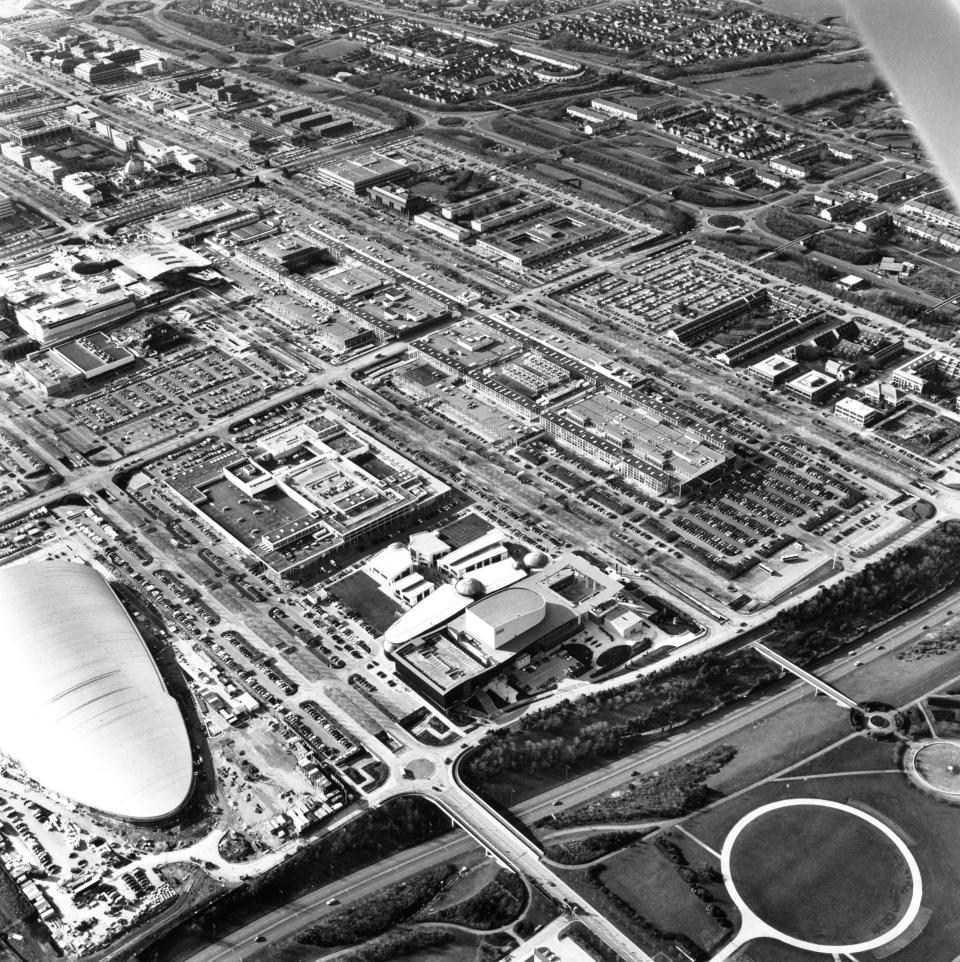
Just for comparison, if London were to have the same low density population as MK it would have to be the size of the whole of East Anglia.
Meanwhile, in our capital city, the accommodation situation is a disgrace.
A young lad I met recently, at 5am one morning at a TV studio in London was bleary-eyed and looking like he’d got dressed out of the laundry basket. My maternal instincts made me curious as to where he’d been sleeping.
“Cardiff.”
“Oh no. I mean, where do you live in London?”
“I don’t. I commute.”
“But where do you stay when you’re working?”
“I get the last train every night from Cardiff. It arrives at Paddington at 3am. I go to an all-night gym until 5am – it’s warm and there’s showers – and then I come here until lunchtime. Then I get the train back to my mum’s. It’s cheaper than renting a room here.”
Obviously, I suggested he move to Milton Keynes. Naturally, he laughed.
Here are three friends who have made the move and why they’ve never looked back.
Stephen Dixon: ‘This was the greenest city I’d ever seen’
In 2011 I was living in a luxury loft in a converted warehouse by Canary Wharf. I had two bedrooms, a terrace on the river and a secure parking space.
I was a news anchor at Sky News in Osterley, west London, and my drive to work was a stop-start crawl which took 90 minutes at 6am, and 75 minutes at midnight.
One day I woke up and decided I’d had enough. As a lad from The Lakes I wanted space. I set out to look north of London for somewhere outside the M25, so I could head “home” up north without negotiating the north circular, and have an easier commute south to my shift.
I was directed by an agency towards the likes of Watford, Luton and Aylesbury, but the kind of place I’d set my heart on was hard to find, even with a generous budget after selling my loft for £500,000.
Then an estate agent suggested Milton Keynes. Me? You’ve got to be joking.
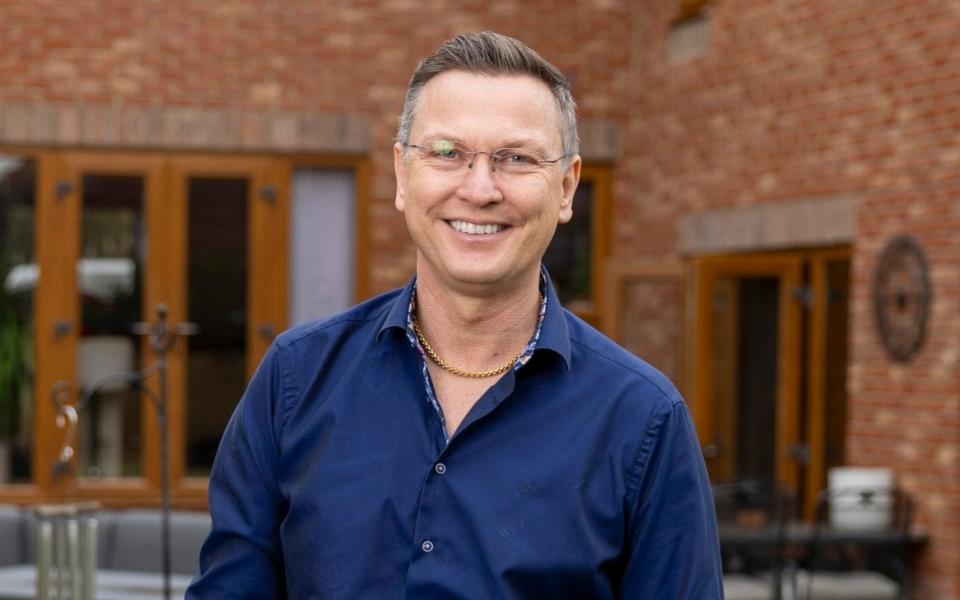
I was persuaded to have a look. After several attempts following its grid system and, yes, negotiating its roundabouts, I realised the housing was hidden within hedges and grassy banks. This was the greenest city I’d ever seen.
In a secluded development, I found my ideal home. For £750,000 I nabbed a nearly new, detached, three-storey house with five bedrooms, four bathrooms, double garage, and a massive garden and driveway.
I love it. I step out for walks in the adjacent countryside or around nearby lakes. I’ve got access to all the amenities and services I could need, and the city centre is five minutes away with loads of parking (free after 6pm).
My 60-mile cruise into central London at 4am takes 70 minutes, and the same amount of fuel as the old dreaded 16-mile slog across the capital. I can get the train and in just over three hours be picked up by my parents at Carlisle station.
And, as a techy, I love the little robots trundling round like R2D2 delivering groceries.
Hardly any of my colleagues have ventured up here, though. They still think MK is a joke.
Natalie Davies: ‘As a mum I love it here – and so do my kids’
My husband, Robin, and I used to live in Brockley, south London, in a flat we’d paid £520,000 for.
We’d started our family: Susie was two and Tommy had just been born. We had two bedrooms and knew we’d need a bigger place. We also wanted to be closer to our family, who live near Birmingham, so we moved out of London six years ago.
We chose Milton Keynes because it’s roughly halfway between London and Birmingham. We looked online and there was loads of housing choice.
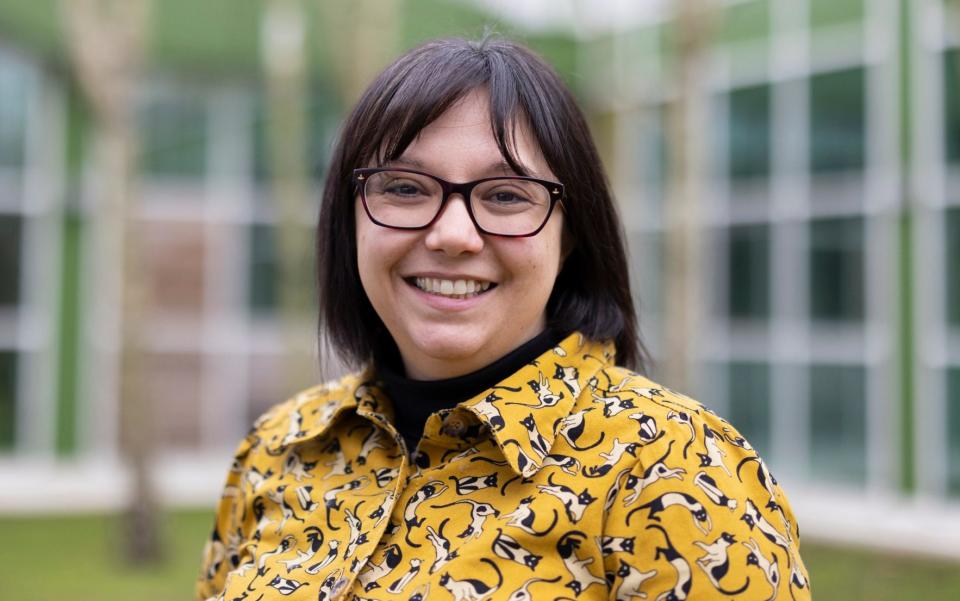
All the developments (new and original) fill the squares of land between the grid roads and are in different styles, but all with their own community hubs, just like villages.
The house we fell in love with was a £615,000 four-bed new-build, but very traditional – just like a kid’s drawing you’d stick on the fridge. It’s part of a group of six, and looks out on open countryside across a valley.
Robin works in finance, and his job is still based in London, but he works mostly from home. When he does go into his office it’s an easy 10-minute drive to MK station, and 30 minutes on the train to Euston. It takes him as long to get from there to the City.
I’ve recently got a job in MK, and I work hours to suit my children now they are both at a small village school.
As a mum I love it here, and so do they. There are loads of playgrounds – and joining a campaign to update our local one has got me involved in village life. And you’re never far from a park or lake, or river bank for a picnic.
We’ve never seen the concrete cows. But who needs to? We’ve got real ones over our fence.
Stuart Miles: ‘Everyone had such a positive attitude’
I lived and worked in London for years when I presented Blue Peter, and later other TV shows. I first came to Milton Keynes in 2010 to present the breakfast show on the local Heart Radio station.
I was driving up in the early hours at first. The journey was a breeze – but, oh good grief no, I wasn’t going to actually move to Milton Keynes from London! I came with a lot of negativity.
But the positives soon outweighed that. Once I got on air and chatting to the locals I was won over. Everyone had such a positive attitude and local pride. Even the businesses show it; lots of them have names like “MK Dental” and “MK Plumbing”.
I’ve been to other places where people are passionate about where they live, but I think there is something quite unique and special here, because nearly everybody has chosen to be here.
I now work as the media and events co-ordinator for a national charity that moved to MK from London in 2005. It’s the National Spinal Injuries Association, which needed a purpose-built headquarters to suit its clients.
There simply wasn’t anywhere with space for that in London, whereas MK had land designated for charities for this reason, with room for extensive single-storey, eco-friendly purpose-built units with extra wide parking spaces.
The crowning glory for the place we now call home came in 2022 when Queen Elizabeth II granted the Borough of Milton Keynes city status. Hoorah! It’s a proper place.
Best get in before it’s fashionable.


